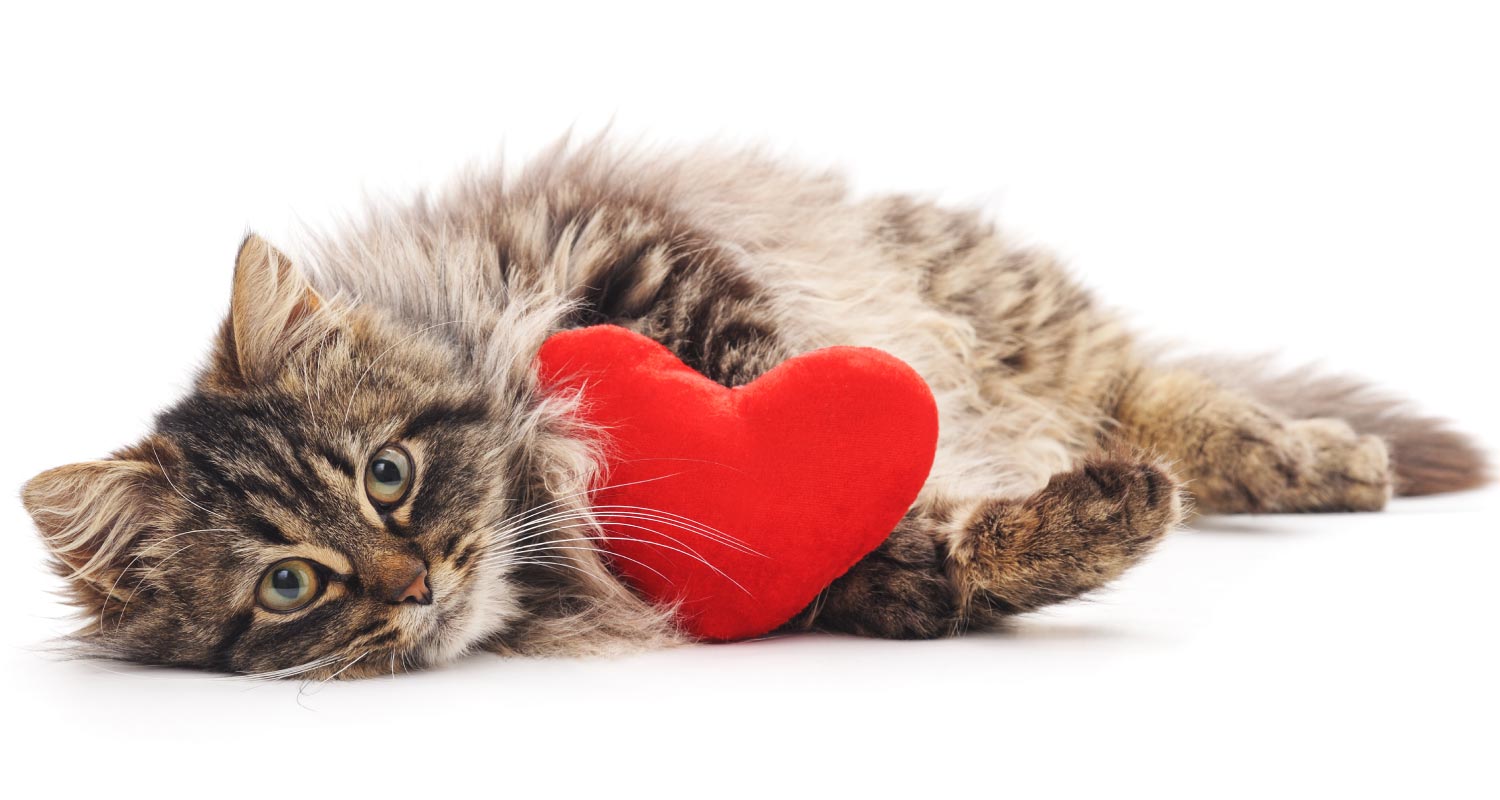Linear Regression part 2
Cats

Cat’s hearts
Cats’ hearts

You stole Meow Heart
A big heart may cause problems
Finding the size of a cat’s heart is hard.
Estimate with a model a model.
Data from the 40s
This data cites this source, which you may be inclined to look over.
Look at data
Which variable is which?
Which should be the predictor and response variables?
Plot

Describe Trend
Shape
Direction
Strength
Add a regression line
and some labels.

Find correlation coefficient
Find the coefficents
The Equation
Intercept is the y-intercept of our linear model (\(\beta_0 = -0.36\)).
The number next to Bwt is the slope (\(\beta_1 = 4.03\)).
The equations is: \[ \hat{y} = \beta_0 + \beta_1 x \\ \text{or} \\ \widehat{Hwt} = -0.36 + 4.03 \times Bwt \]
Summary
 Stolen from Prof Kurtz Garcia at Smith College
Stolen from Prof Kurtz Garcia at Smith College
Interpretation
Slope: For every kilogram increase in body weight we expect a 4.03 gram increase in the heart weight.
Intercept: If we found a cat they weighed nothing its heart would be -0.36 grams?
More Complete outputs
Call:
lm(formula = Hwt ~ Bwt, data = cats)
Residuals:
Min 1Q Median 3Q Max
-3.5694 -0.9634 -0.0921 1.0426 5.1238
Coefficients:
Estimate Std. Error t value Pr(>|t|)
(Intercept) -0.3567 0.6923 -0.515 0.607
Bwt 4.0341 0.2503 16.119 <2e-16 ***
---
Signif. codes: 0 '***' 0.001 '**' 0.01 '*' 0.05 '.' 0.1 ' ' 1
Residual standard error: 1.452 on 142 degrees of freedom
Multiple R-squared: 0.6466, Adjusted R-squared: 0.6441
F-statistic: 259.8 on 1 and 142 DF, p-value: < 2.2e-16You try:
If a cat weighs 3.5 kg how large a heart would we expect?
Can we estimate the heart size for a 5kg cat?
- Caution against extrapolation.
Solution:
The equation for the line is
$ = -0.36 + 4.03 Bwt $
Plug in 3.5 we get
\(\widehat{Hwt} = -0.36 + 4.03 \times 3.5 \\ \widehat{Hwt} = 13.745 \approx 13.7\)
Residuals
Residuals are the difference in the observed values and the predicted value.
\[e = y - \hat{y}\]

You try: calculate a residual
There is a cat in this data that has a heart weight of 11.7 grams and a body weight of 3.5 kilograms. Calculate the residual for this cat.
Solution:
The residual is calculated \[e = y - \hat{y}\]
We previously found the value of \(\hat{y} = 13.7\) and we are told \(y=11.7\) So we need to subtract those two values to get
\[e = y - \hat{y}\\ e = 11.7-13.7\\ e = -2\]
Solution with R functions
Citations
Street cats from https://petlifesa.com/wp-content/uploads/2019/08/SA0057-Petlifesa-health-conditions-diseases-heart-disease-facts-about-your-cats-heart-Header-FA.jpg
You stole Meow Heart https://drbillspetnutrition.com/feline-heart-conditions/